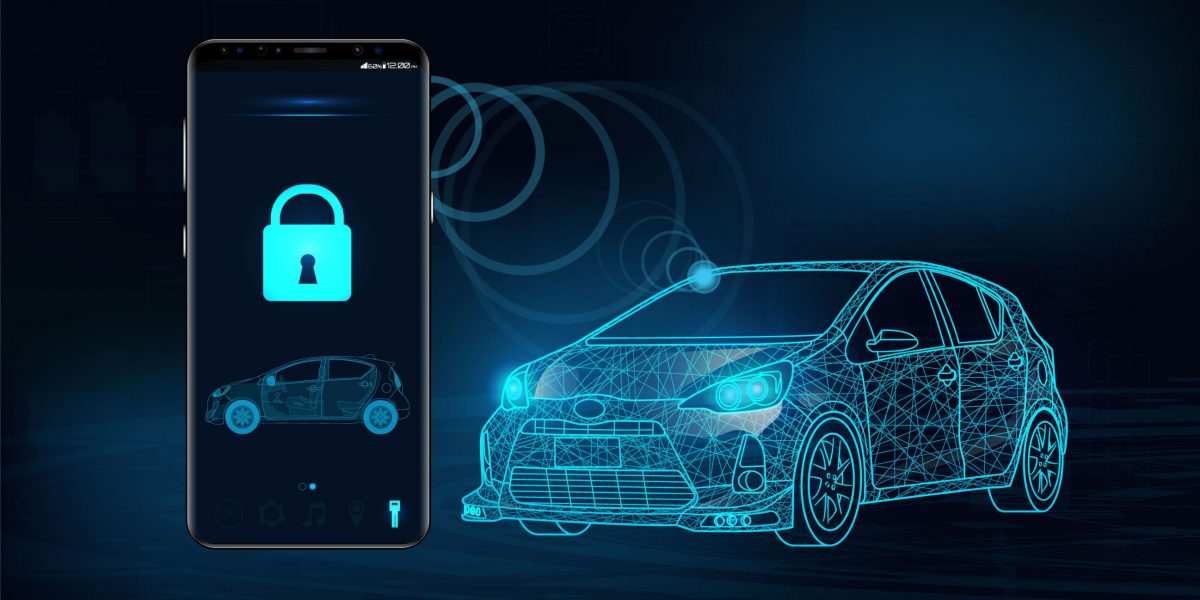The recent story about the 19-year-old hacker who took control of several dozen Tesla cars has become something of a sensation. We already know that there was an issue with a third-party app that enabled access to data from Teslas. This made it possible for the security researcher to lock and unlock the cars, turn the lights on and off, and even enable keyless driving. All the functions in the native Tesla application became available due to a misconfiguration in third-party data logging software. So, let’s try to get a better understanding of what these apps are, why they appear on the market, and the risks they pose.
The majority of modern vehicles are equipped with a special telematics module. The electronic control unit with a built-in SIM card provides the manufacturer with the vehicle’s location, warns the owner about upcoming vehicle inspections, and can even contact emergency services. In addition, the car owner gets some handy functions, such as the ability to check the vehicle’s location, control the door locks, remotely turn on climate control, and even automatically park the car. And all that by just using a mobile application.
But why do people need a third-party app when all these functions are available in the car manufacturer’s application?
Native apps simply can’t satisfy the demand for features among modern car owners. For example, some users want to see how the fuel/energy consumption changes depending on their route. Some want to warm up the vehicle interior while their smart coffee machine starts making coffee in the morning. And others are not happy that they need to use several mobile applications for different car brands, and want to manage them all from a single universal application.
So, what can go wrong? The same sort of things that occur in other walks of life. A key is needed to gain access to a car, but in this case instead of a key there is a login or email and a password. And the prerequisite for the automaker’s backend to send a command to the owner’s vehicle if it receives these credentials. They are intended to be transferred directly from the automaker’s native app, but third-party apps can ask a user for the original credentials and send them to the automaker’s API on their behalf.
The risk is obvious: third parties get the ability, for example, to unlock the car or track all its movements on behalf of the car owner.


